Is asset allocation the only crucial choice to build optimal portfolios? Can we prove that combining active funds and ETFs within portfolios improves performance? Are there any solutions on how to combine active management and ETFs?
Is asset allocation the only crucial choice to build optimal portfolios?
To build a portfolio, many investors primarily focus on asset allocation. In the late 1980s, Brinson, Hood, and Beebower published a famous article showing that asset allocation explained over 90% of the variability in a portfolio’s return over time. There are many asset allocation assistance tools developed on the basis of this result and these are widely used by professional investors. Asset allocation is undoubtedly a critical choice, but by no means the only important one. Given the developments over the past 30 years, investors now have a much wider choice of investment vehicles: for example, active / passive funds, or even so-called “smart” funds and also ESG funds. This diversity means that investors need new tools to guide them. Choosing the right investment vehicle is also important for improving long-term returns in addition to choosing the right asset class at the right time.
Can we prove that combining active management and ETFs within portfolios improves performance?
Financial research has shown that the decision to use active or passive funds within portfolios is essential to improve portfolio performance.
Academic studies show, for example, that certain environments are more conducive to the outperformance of one or another management style and that choosing the right management style can be as important as the selection of funds. “Deciding when to invest in active funds can therefore be as important in generating outperformance as deciding in which funds to invest. The arbitrage between active and passive funds based on dispersion produces a significant alpha of over 2.7% per annum after fees ”(1).
An overview of the performance of asset classes and categories shows that the results between active and passive funds are decidedly mixed. Active managers perform in some categories and passive managers perform in others. In addition, the performance of fund managers also depends on period and market cycles. Over 10 years on average over 31 universes, 47% of the time, the active fund portfolio outperforms the passive fund portfolio. Therefore, staying 100% in passive funds would have been sub-optimal as the investor loses upside potential 47% of the time. In addition, staying at 100% of active funds would have been sub-optimal as the investor loses the upside potential 53% of the time (2) .
Are there any solutions on how to combine active management and ETFs?
So far the majority of investors rely on long-term historical data to make their allocation between the different investment vehicles. BSD Investing research has developed a unique model for determining whether the environment is more favorable for a particular management style. It helps identify variables that reveal market inefficiencies, drawing on BSD Investing’s proprietary database. Its aim is to help investors adjust the weightings of active funds and ETFs in their portfolio in order to optimize performance.
On a selection of 10 equity and bond asset classes, BSD Investing’s allocation model shows an outperformance ranging from 10 to 15% over a 10-year period compared to a portfolio of passive funds and a portfolio of active funds.
Conclusion
The data shows that combining the two management styles generates performance. It’s time to get rid of preconceived ideas about the merits of one or the other and use the right tools to build optimal portfolios.
Marlene Hassine Konqui




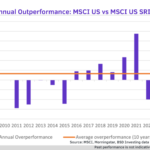


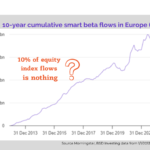

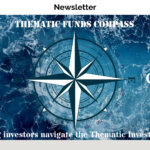
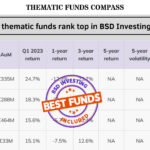
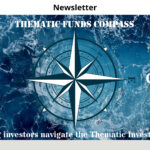
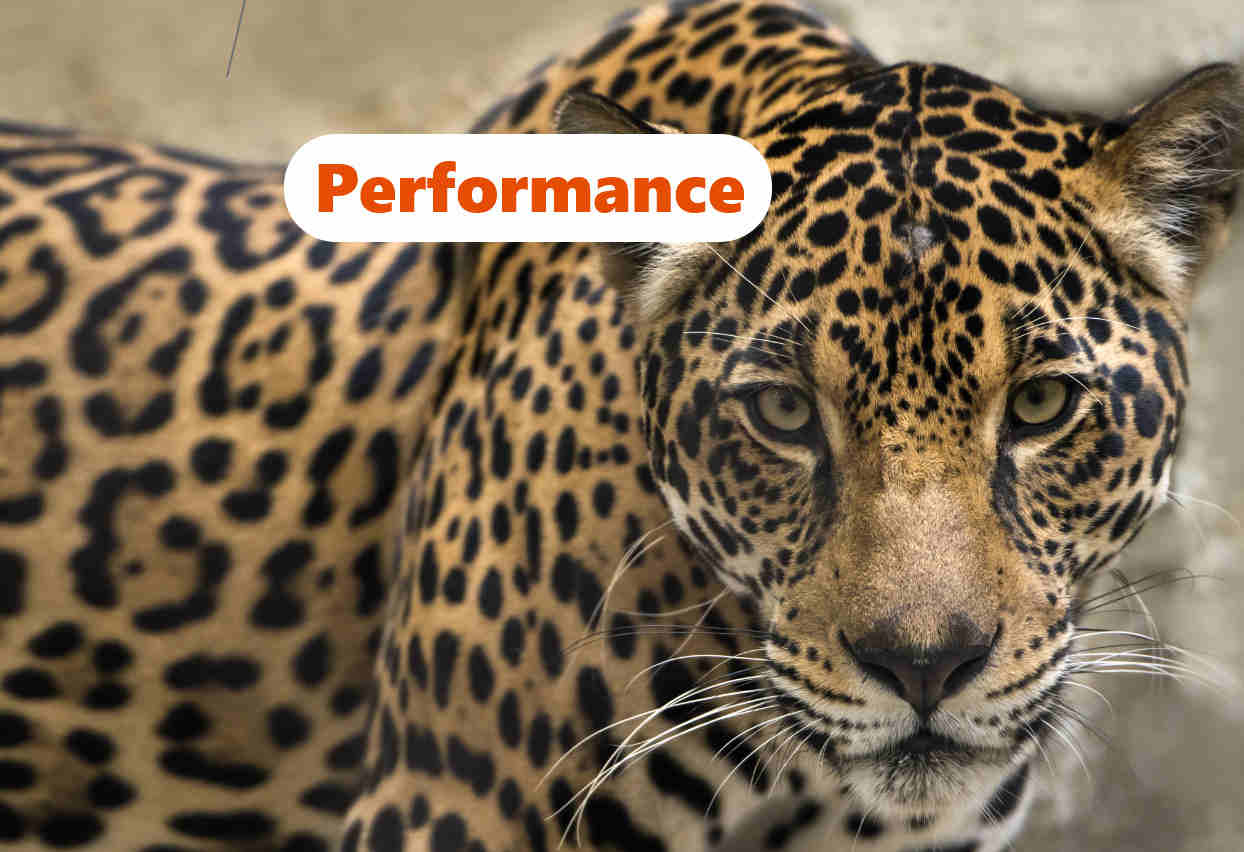
Leave a Reply
You must be logged in to post a comment.